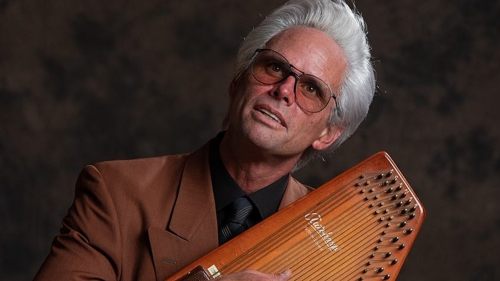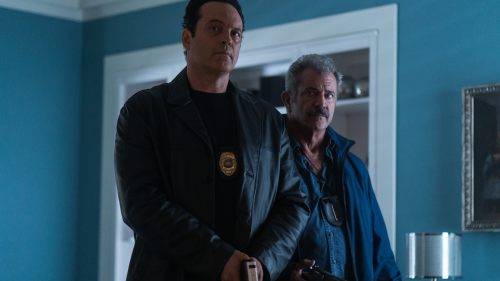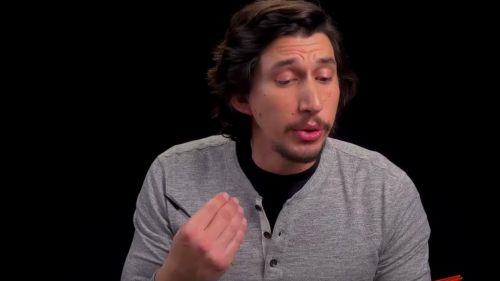HACKSAW RIDGE Is Brutal War Propaganda Straight Outta The ‘40s
Spoilers follow for Hacksaw Ridge, which - as the film takes pains to point out - is based on a true story anyway.
Mel Gibson’s Hacksaw Ridge is American wartime propaganda, through and through. It occupies much the same space in 2016 as American Sniper did in early 2015, and definitely plays to a similar audience. But more specifically, it feels like a movie made during World War II to drum up enlistments - with all the dodgy moralising that entails.
It’s there from the opening scenes: the bucolic Virginian sun setting over good ol’ boys drinkin’ beer and goin’ to church - and no boy gooder than Andrew Garfield’s proto-Gump Desmond Doss. Desmond’s home life might be less than ideal, but by golly, he’s got a photogenic nursin’ gal by his side, and he’s brought up with a strong set of morals both Christian and military: thou shalt not kill, and thou shalt serve thy country. So he joins the army - but only as a medic.
Through his Full Metal Jackety training, Doss grins like he’s got a secret, and the audience is in on it: he knows as well as we do that he’ll survive the war, and he’ll do it without shooting anyone. His smarmy self-confidence comes across somewhere between ignorant and assholey, as Garfield plays his role like an aw-shucks classroom educational film hero. But the tone of these scenes jars completely with what’s to come.
Mel Gibson’s directorial style is solidly established by now as gory and violent (the Italian horror masters would be jealous at what this guy manages to sling at mainstream audiences), but while the violence is extreme, it’s not gratuitous - for the most part. Through the majority of the film, Gibson’s cinematic suffering obsession serves the story, with Doss forced to grit his teeth through the horror and rescue people from unthinkably awful situations.
Midway through the extended battle sequence that forms the film’s second half, the tone becomes much odder and more transparently propagandic. Desmond’s company retreats, but he stays at the front, repeating “please, God, let me get one more” like a weedy, blood-spattered Oskar Schindler*, as he rescues soldier after soldier. The enemy pays only erratic attention to Doss, leaving him alone to pose heroically, while shooting at him just enough to enhance his bravery. The repetition and heroism of this sequence calls to mind Stolz der Nation, the film-within-a-film from Inglourious Basterds, if it swapped sides and changed its class from Sniper to Medic. Though he might get shot at, Doss is never in danger; he’s a glorious pillar of American bravery, untouchable and ordained by God. He's Basterds' Frederick Zoller; he's Enemy at the Gates' Vasili Zaitsev; he's Chris Kyle.
Doss’ divine authority only escalates in the following sequence. He won’t fight on the Sabbath, and neither will his fellow war boys, if he’s not with them. So Desmond prays, they go over the top, and here, the tone of the violence shifts. Instead of watching maggots nibble corpses or listening to men scream as their limbs are blown off, we see the American troops machine-gunning and grenading the shit out of the Japanese, and they don’t suffer in the same way that the Americans do. We see their corpses fall to the ground as Doss bats grenades back at them, but their deaths are inconsequential compared to the memorably gruesome fates of “our” boys. All that savagery, Hacksaw intimates, is merely what they do to us.
The Japanese themselves are demonised by this movie in ways that genuinely feel torn from a WWII recruitment film. Before we even see them, they’re described as “animals” who make a point of killing medics; referred to with a host of (admittedly historically accurate) racial slurs. In person, they’re grotesque, screaming maniacs eager to kill themselves in order to take one more American life, bayoneting soldiers left and right. Gibson fetishises the “otherness” of the Japanese commanders, his camera leering over their ritual suicide. It’s kind of amazing to see in a film released in the Year of Our Lord 2016.
Desmond consistently maintains that his Seventh Day Adventist upbringing won’t allow him to kill. The one time Desmond does hold a rifle - as a tool, to help drag a wounded Vince Vaughn - comes after two full acts of not even touching a weapon. That symbolic break - huge, given the preceding hour and a half - is never commented on, and it’s emblematic of the shaky moral ground upon which Hacksaw Ridge stands. Though he doesn’t “technically” shoot anyone, Desmond is still 100% complicit in wartime violence from the moment he joins the army. In addition to passively being part of the military machine, he even engineers combat situations to expedite his comrades’ killing sprees - distracting a sniper so he can be shot, moving soldiers so they can fire their weapons. Where’s the line for him? When our protagonist is so hellbent on upholding his black-and-white morals, it’s bizarre to see those morals so blithely corrupted. Gibson plays to the back rows of Red State America's biggest megachurches, but muddies the film's ostensible values while wrapping them in neat moral platitudes.
Gibson says his aspiration was to highlight the plight of the veteran - and to an extent, through Hugo Weaving’s chewed-up, spit-out WWI soldier and the sheer horror of the violence Desmond faces, he does. It’s entirely possible to respect and honour veterans while morally disagreeing with warfare itself - and if any movie was going to do that, it’d be one about a conscientious objector. Hacksaw Ridge, though, feels like a recruitment drive. Join the army, the film tells us. It's unpleasant, sure, but you too can make a difference even if you don't like fighting! Look at this plucky young fellow - he survived, and so can you! Then you can come home to your beautiful wife and your Virginia home which, while working-class, is still, also, beautiful. In Hacksaw Ridge, as in reality, these ideals collapse the moment you scratch beneath the surface - but I suspect that’s not how the film was intended to be viewed.
* Doss’ mantra isn’t the only point where Hacksaw Ridge wants you to think it’s Schindler’s List: the movie’s coda is a series of pieces to camera straight outta Spielberg’s Holocaust masterpiece. Again, a curious comparison to draw for Mel Gibson.



